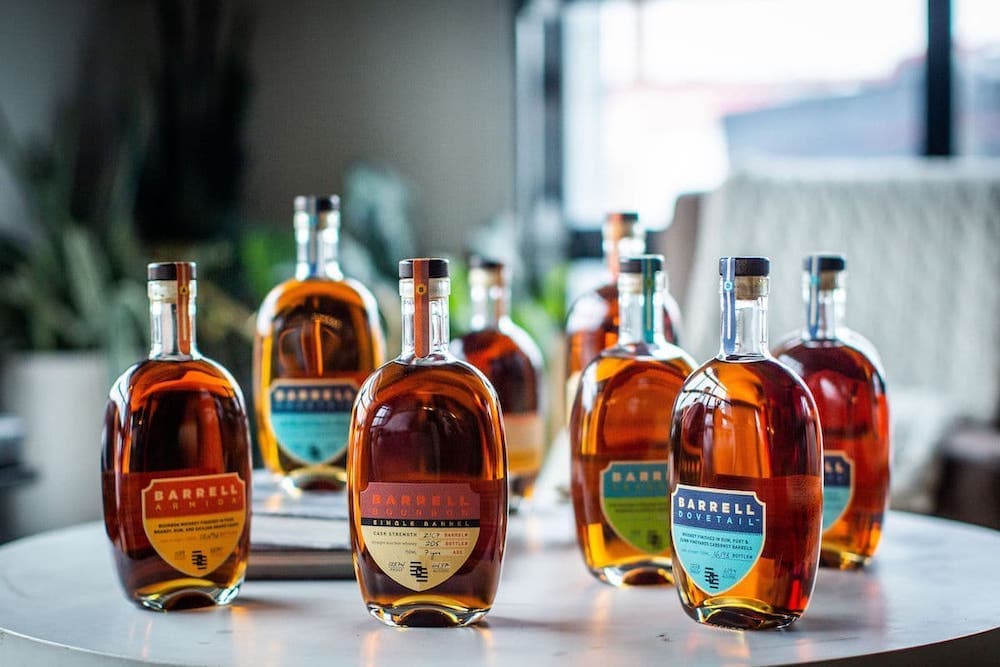There are whiskeys that are easy to figure out, and then there’s Barrell Craft Spirits. Whereas your average whiskey may be identified by a brand name followed by a numeral or a simple descriptor like “reserve,” Barrell’s products come in batches. Check the web page for their popular Barrell Bourbon, and you’ll be confronted with Batch 029, Batch 028, Batch 027, and onward.
However, Barrell is anything but opaque. View the listing for Batch 029, and you’ll see the facts listed in simple bullet points, no marketing jargon or spin in sight: “Distilled and aged in KY, TN, and IN,” “Selection of 6, 7, 9, 10, 14 and 16-year-old barrels,” “Bottled in Kentucky,” and so on.
If only it were that simple. Aside from its batches of bourbon, rye, whiskey and rum, the maker also produces scores of special release spirits ranging from private release bourbons to award-winning, named expressions like Dovetail, Armida and Seagrass. Trying to make sense of it all may leave your head spinning as if you’ve oversampled one of their cask strength spirits.
So, I called up the man who knows Barrell best: founder Joe Beatrice, who established the company in 2013 after two decades of working in the tech industry.
Barrell Basics
“The main thing that differentiates us is that we’re blenders. We are blenders of spirits, whiskey primarily,” Beatrice says, when asked to define his company in the simplest terms.
Fleshing it out a little further, he offers three key tenets: Barrell’s products are blended, cask-strength, and different with every expression. “We have the luxury, and also the chore, of creating a new product every time we do something,” he says.
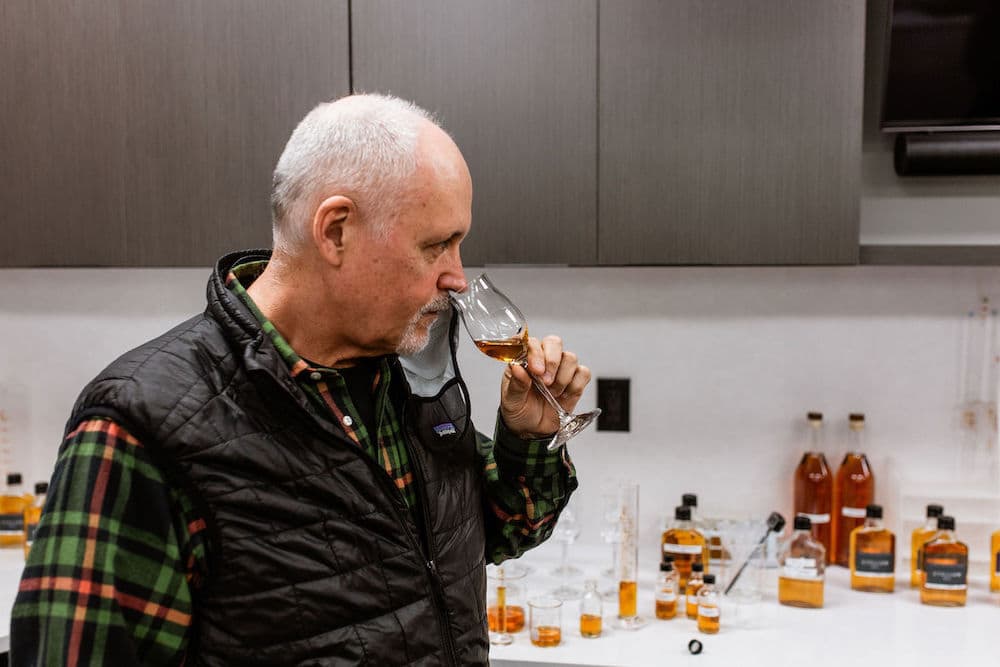
What gives Barrell that luxury (and chore) is that it sources 100% of its spirits (while its Louisville facility possesses a still, Beatrice says it is only used for unreleased experiments). When the company was founded “Sourcing was a dirty word,” Beatrice says. “It was like, how could you possibly make something that somebody else made and make it better? And the answer is we do, but that wasn’t the answer then.”
Barrell’s answer to the critics was, and remains, transparency. Rather than filling space with romance copy about family recipes or what Beatrice wryly dubs “Kentuckiana,” simply designed labels designate each product’s batch and bottle number, proof, age down to the month, and the states where its components were distilled.
Finding the Source
Though Beatrice says that “every day is a surprise,” he numbers the suppliers they’ve worked with at about 65. Partners change frequently, and new sources are constantly being sampled.
“I hate to say this but there’s a lot of bad whiskey out there. We’re very careful about what we buy,” he says.
Barrell has built up its own inventory over the years, but most of the barrels it owns are scattered across the country, maturing until Beatrice calls them back to Louisville to be dumped into the facility’s twin, 6,000-gallon blending tanks on their way to a cask-strength bottling.
“The only water we have at our place is what we put in the water fountain,” he says.
The Art of Blending
As for building the blends, Beatrice follows what he calls a “five points” methodology. After sampling a set of barrels, Beatrice and his team will identify five different characteristics or components that emerged from the batch, and then think of how to achieve the optimal blend to highlight them. This might mean blending in older or younger whiskeys (it will always be the youngest whiskey that appears on the label), which adds further layers of complexity.
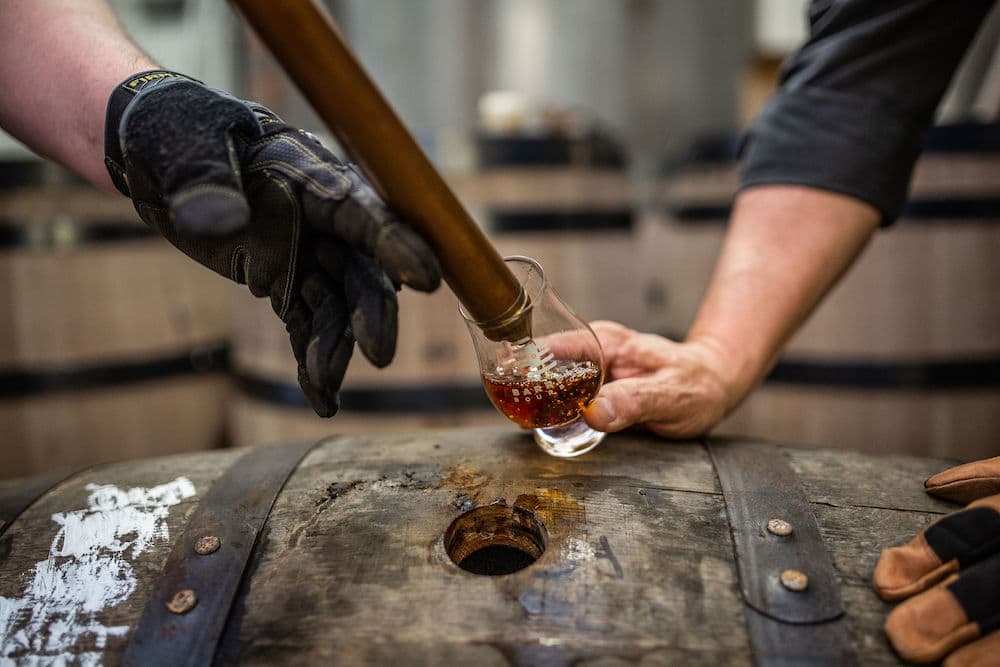
“We might have five different components that go into one part of [the blend], and we might have five more components of different aged products that we blend in different portions together,” Beatrice says. “So, it’s a complex process of just trying, tasting and evaluating.”
More specifically, Barrell seeks to find the right level of contrast in each of its blends, or what Beatrice refers to as being “balanced without being overbalanced.”
“If something’s overbalanced, it’s going to have no contrast. But having too much contrast makes it unpalatable,” he says. “So, we spend a lot of time getting something that has layered complexity and depth and is at the same time pleasing to your palate.”
Striking that balance matters much more than finding a nice, round number for the proof, and is the reason why Barrell’s spirits are bottled at cask strength. “We don’t even know what the proof is going to be until we’re done blending. We don’t bother proofing it until we’re done,” Beatrice says.
Furthermore, he believes that if a spirit is properly balanced, its high proof won’t prove off-putting or overwhelming. “You might not even realize that the Dovetail expression is 125 proof because it won’t be any less palatable to you,” Beatrice says.
“We Have Something New Every Month”
The great majority of Barrell’s releases are forever changing. Included in that camp are its batched spirits, as well as the private releases that are distributed to specific liquor stores and clubs. Each year sees about four new batches of Barrell Bourbon, plus an annual New Year Barrell Bourbon, and a new release in its higher-end Barrell Craft Spirits Bourbon range, which is distinguished by its grey label.
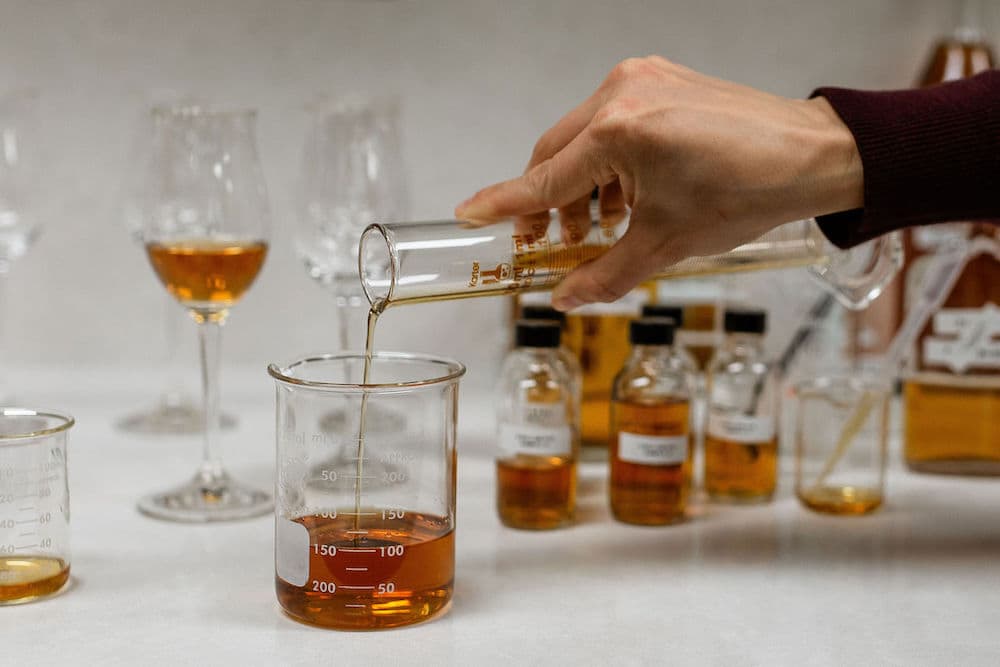
And that’s just bourbon. Barrell also sells three named whiskey expressions: Dovetail, which is finished in rum, port wine and cabernet barrels; Armida, which is a bourbon finished in brandy, rum and Sicilian amaro casks; and Seagrass, a rye finished in Martinique rum, Madeira, and apricot brandy barrels. While the three are permanent expressions, the blends used to create them vary slightly with each release, though the finishing casks remain the same.
Beatrice estimates that there are about a dozen “standard” releases each year and 96-128 private release variations (about 24 of which are repeats), in addition to their single barrel program.
“Essentially, we have something new every month, whether it is a batched bourbon or rye, or a new release of one of our ongoing projects. We try to keep it fresh without overwhelming people,” Beatrice says.
Enter Stellum Spirits
Still, that’s a lot to digest. Perhaps you’re eager to sample Barrell’s stuff but feel lost amidst its numbered batches and named expressions at the liquor store.
That may be where Stellum Spirits comes in. Launched at the end of March, the new brand is produced by Barrell and follows two of the same core principles: the spirits are blended and bottled at cask strength. But unlike Barrell’s offerings, Stellum Bourbon (57.49% ABV) and Stellum Rye (58.12% ABV) are made to stick around rather than be rebooted with every batch.
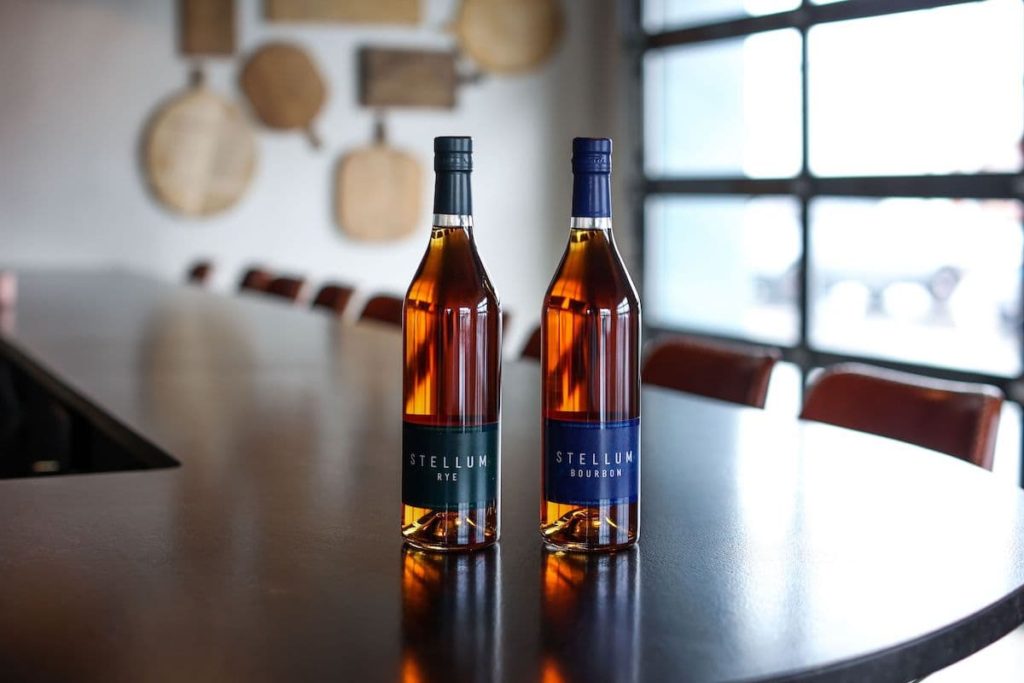
Stellum’s packaging is even more stripped-down, consisting of little more than the product’s name against a solid-colored label. In Beatrice’s mind, this minimalist approach is about emphasizing what’s actually in the bottle and appealing to a new generation of whiskey drinkers who are less concerned with old-timey window dressing and keener on the juice itself.
“There are a lot of new consumers coming into the category, and they are diverse. They are younger, and they’re way more demanding on a lot of levels,” Beatrice says.
“Blending, Bottling and Blending”
Barrell proudly marches to its own drum, but drinkers are buying. Beatrice notes that 2020 was a “gigantic year” for the company, which is already exceeding its earlier projections of double growth for 2021.
“We are way past that now, and so busy,” he says. “Blending, bottling and blending.”
Expect a whole lot more of where that came from.
